If you want to know about the elements of design or cost-effective architecture or methods for reducing cost in design, please click the link.
Cost-effective materials are materials that provide good performance and functionality at a relatively low cost. These materials can be used in a variety of applications, from building construction to consumer goods.
1) Introduction
- Construction of cost-effective buildings by using the low cost building materials increases the access to buildings by low income group peoples.
- Cost-effective buildings can be achieved by use of
- efficient planning and project management,
- low cost materials,
- economical construction technologies, and
- use of alternate construction methods.
- The use of such methods can decrease the cost of construction and make the cost-effective buildings accessible to all.
2) Selection criteria for CEBMs
- The first step to cost-effective building material selection is to select eco-friendly building materials.
- This also enhances the sustainable design principle.
- The life cycle of a building material can be divided into three stages –
- Pre-construction,
- Building construction & use/maintenance, and
- Post-building construction & use.
- Each stage of building material should be such that they help conserve the energy.
- Pre-construction stage consists of manufacture which is subdivided into processing, packing and transport.
- The building construction & use phase mainly consists of construction, operation and maintenance whilst the last stage would be disposal where the material can be recycled or reused.


3) Classification
Cost-Effective Materials can be classified on the basis of the building structure:
- Foundations
- Walls
- Roofs
- Floors
- Opening supports
- Non-structural items
4) Exercise
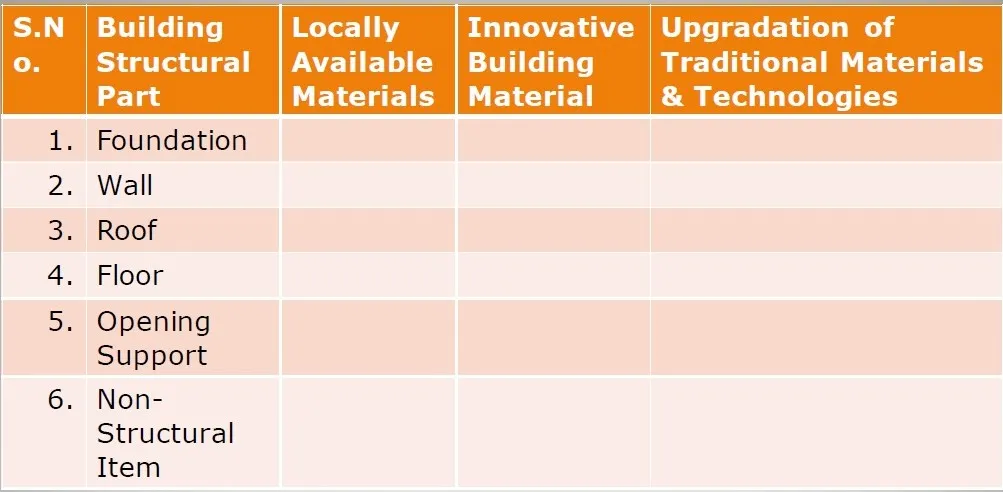
i) Foundations
- Locally available materials
- Mud (Rammed Earth Foundation)
- Brick
- Stone (Random Rubble Foundation)
- Bamboo
ii) Walls
- Locally Available Materials –
- Adobe
- Brick (Sun-dried / Country / Wire-cut)
- Stone
- Bamboo (Split / Whole)
- Innovative BMs –
- Fly-ash Bricks
- Bamboo Reinforced Plaster Composite
- Pre-fabricated
- Light-weight Concrete Block Panels
- Upgradation of traditional materials & technologies-
- Compressed Earth Blocks (CEB)
- Stabilised Mud Blocks (SMB)
- Cement Stabilised Mud Block (CSMB)
- Interlocking Cement Stabilised Mud Block (ICSMB)
- Stone Concrete Block (SCB)
- Timber/Bamboo Mat Wall (Ikra Walling)
iii) Roofs
- Locally Available Materials –
- Thatch (Reed/Straw)
- Clay Tiles (Mangalore / Pan / Spanish)
- Stone (Slate)
- Wood (Shingles)
- Bamboo
- Upgradation of traditional materials-
- Stone Patti Roofing
- Pyramidal Brick Roof
- Extruded Structural Clay Unit
- Innovative BMs –
- Ferro-cement Roofing
- Plastered Bamboo
- Bamboo Mat Corrugated Sheet
- Coconut Fibre And Wooden Chips Roofing Sheets
- Cement Bonded Fibre Roofing Sheets
- Micro Concrete Roofing Tile
- Pre-fabricated Roof Panels / Trusses
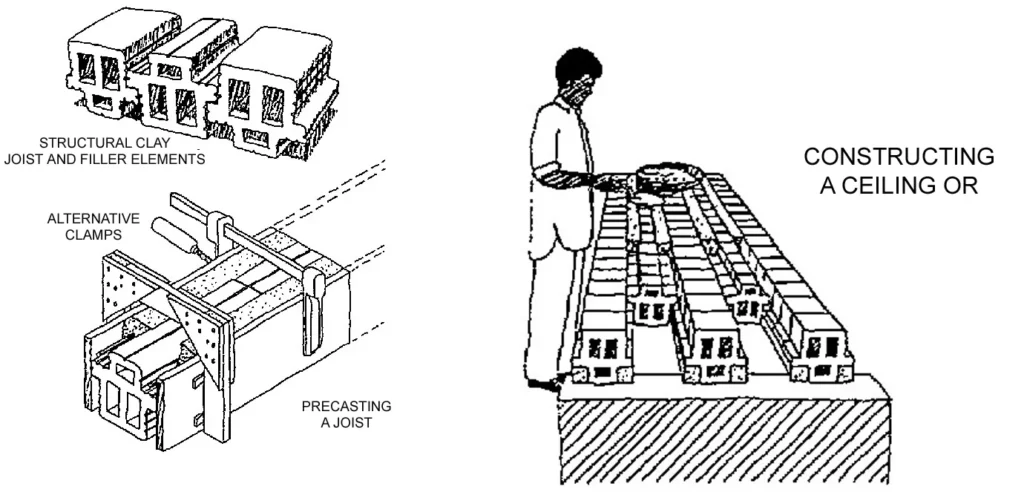
iv) Floors
- Locally Available Materials
- Mud
- Brick
- Stone
- Timber
- Bamboo
- Innovative BMs
- Bamboo boards
- Bamboo Reinforced Plaster Composite
- Upgradation of traditional technologies –
- Red / Black oxide
- Cement Concrete
- Terrazzo or Mosaic
- Jack arch
- Bamboo mats
- Broken Brick
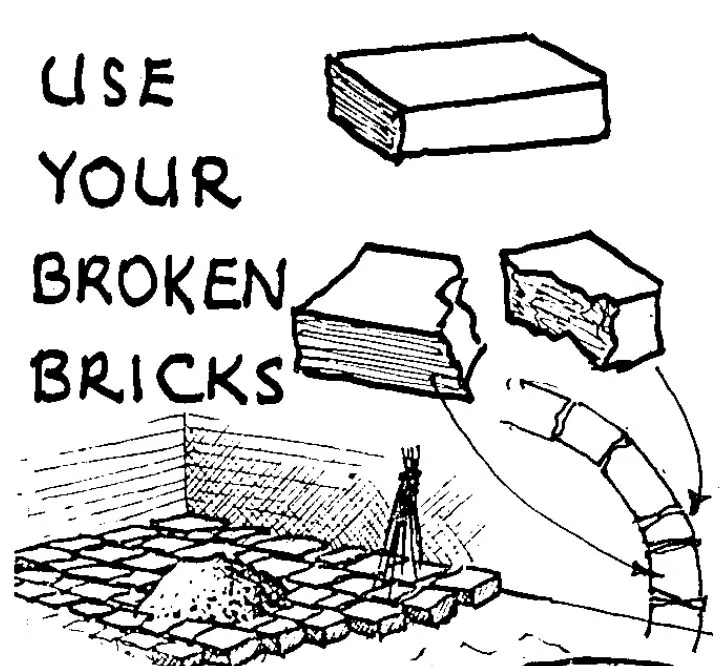
v) Opening Supports
- Arches
- Flat Arch
- Corbel Arch
- Semi-circular Arch
- Segmental Arch
- Pointed Arch
- Cost-effective Lintels
- Brick & RCC lintel
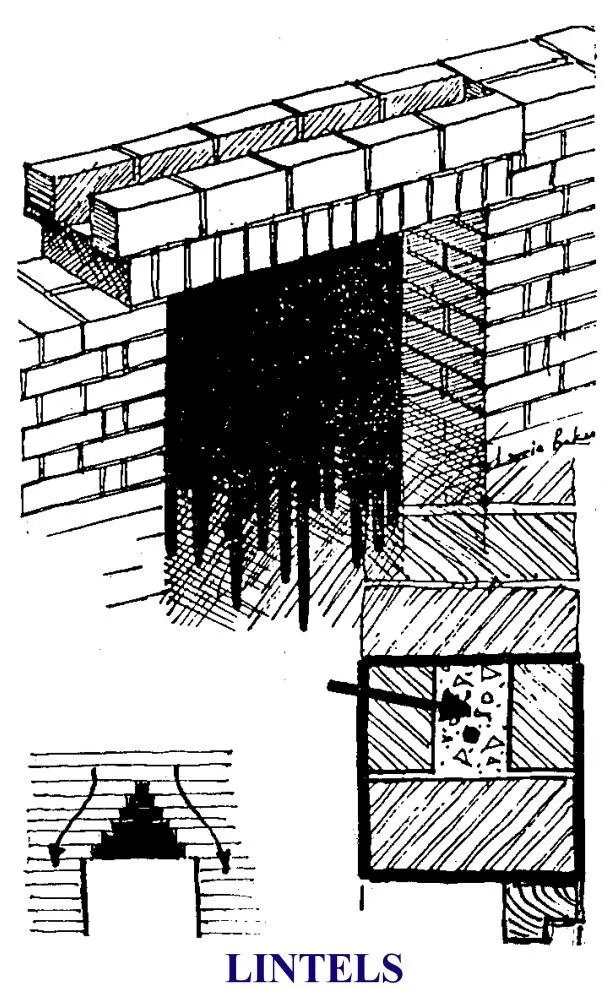
vi) Doors & Windows
- Frameless Doors
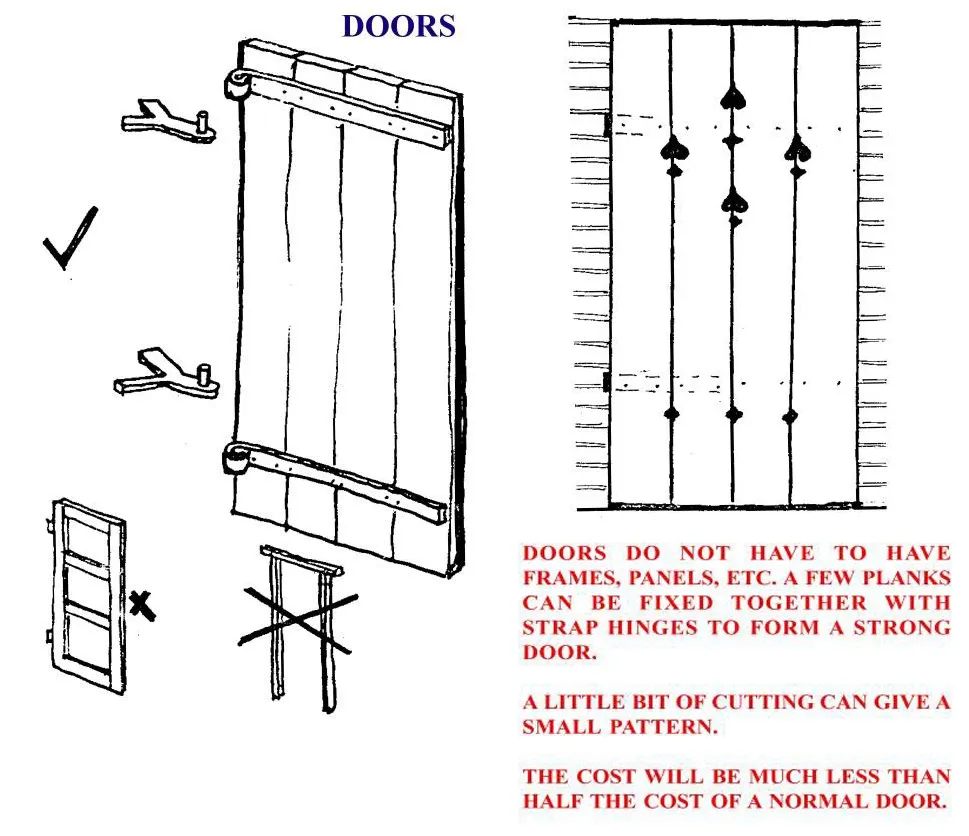
- Frameless Windows

- Precast RCC Doors & Windows / Frames
- Brick Jalis
- Bamboo
- Wooden Planks
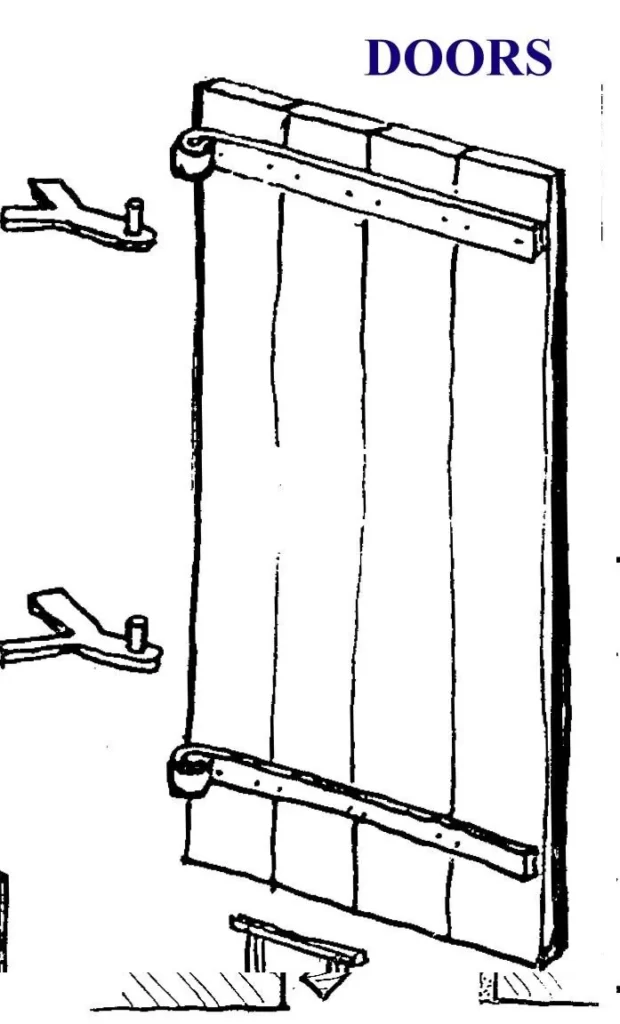
Overall, cost-effective materials are important in many industries, as they allow for the production of high-quality products at a lower cost, making them accessible to a wider range of customers.